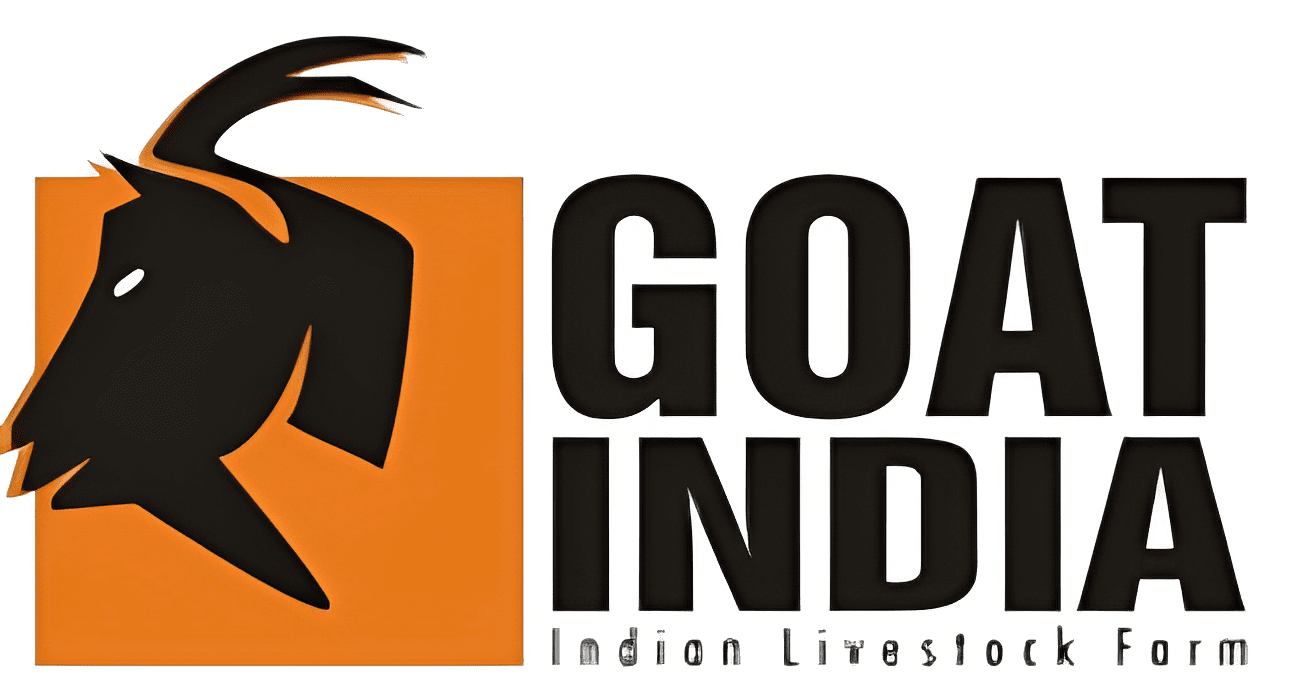Vaccination Schedule
Complete immunization guide for goats in India – essential vaccines, timing, dosages, and disease prevention protocols for healthy farming
Vaccination Schedule Overview
- Essential immunizations for major goat diseases prevalent in Indian conditions
- Age-specific vaccination timing from kids to adult breeding animals
- Mandatory vaccines including PPR, FMD, and regional disease requirements
- Proper storage, handling, and administration techniques for maximum efficacy
- Annual booster schedules and breeding season immunization protocols
- State-wise vaccination programs and government veterinary support systems
Core Vaccination Schedule
| Age/Stage | Vaccine | Disease Protection | Timing |
|---|---|---|---|
| 4-6 months | PPR Vaccine | Peste des Petits Ruminants | Single dose, annual booster |
| 4-6 months | FMD Vaccine | Foot and Mouth Disease | Primary dose, 6-month boosters |
| 3-4 months | Enterotoxaemia | Clostridial infections | Primary + booster after 3 weeks |
| 6-8 weeks | Haemorrhagic Septicaemia | Pasteurella infection | Annual vaccination |
| Adult does | Pre-breeding boosters | Multiple diseases | 4-6 weeks before breeding |
| Regional basis | Anthrax | Bacillus anthracis | Annual in endemic areas |
| Monsoon season | Black Quarter | Clostridial myositis | Pre-monsoon annual dose |
| All ages | Rabies | Rabies virus | Post-exposure or endemic areas |
Vaccination Protocols & Management
Essential Primary Vaccines
PPR (Peste des Petits Ruminants) and FMD (Foot and Mouth Disease) are mandatory vaccines for all goats in India. PPR vaccination should begin at 4-6 months of age with annual boosters. FMD requires primary vaccination followed by boosters every 6 months due to strain variations. Enterotoxaemia vaccine protects against sudden death syndrome and should be given at 3-4 months with a booster 3 weeks later. These core vaccines provide essential protection against the most devastating goat diseases in Indian farming conditions.
Regional & Seasonal Vaccines
Regional vaccines depend on local disease prevalence and state veterinary recommendations. Haemorrhagic Septicaemia vaccine is crucial in humid regions and monsoon-prone areas. Black Quarter vaccine is recommended before monsoon season in endemic regions. Anthrax vaccination is mandatory in affected districts across states like Maharashtra, Karnataka, and Andhra Pradesh. Rabies vaccination may be required in areas with high stray dog populations. Consult local veterinary authorities for region-specific vaccination requirements and timing.
Breeding & Production Schedules
Breeding does require special vaccination protocols to ensure maternal immunity transfer to kids. Administer booster doses of all vaccines 4-6 weeks before breeding season to maximize antibody levels. Pregnant does should receive tetanus toxoid during the last month of pregnancy. Kids receive passive immunity through colostrum but require their own vaccination series starting at 6-8 weeks for some vaccines. Maintain detailed vaccination records for each animal, tracking dates, vaccine types, and batch numbers for effective herd health management.
Administration & Storage Guidelines
Proper vaccine storage and handling is critical for efficacy. Store vaccines at 2-8°C temperature and protect from light and freezing. Use cold chain transport and check expiry dates before administration. Administer vaccines subcutaneously or intramuscularly as per manufacturer guidelines. Use sterile needles and syringes, changing needles between animals to prevent disease transmission. Record vaccination details immediately including animal identification, date, vaccine type, and any adverse reactions. Follow withdrawal periods for milk and meat if specified.
Disease Prevention
Comprehensive protection against major infectious diseases that can devastate goat herds
Systematic Scheduling
Age-appropriate timing and booster protocols for maximum immunity development
Professional Support
Government veterinary programs and local animal health services for implementation
Record Management
Systematic documentation and tracking for effective herd health monitoring
Frequently Asked Questions
| Question | Answer |
|---|---|
| Which vaccines are absolutely essential for goats in India? | PPR (Peste des Petits Ruminants) and FMD (Foot and Mouth Disease) are mandatory across India. Enterotoxaemia vaccine is also essential. Regional vaccines like Haemorrhagic Septicaemia and Anthrax depend on local disease prevalence and government requirements. |
| At what age should kids receive their first vaccinations? | PPR and FMD vaccines are typically given at 4-6 months when maternal immunity wanes. Some vaccines like Haemorrhagic Septicaemia can be given earlier at 6-8 weeks. Consult your veterinarian for the optimal schedule based on local conditions. |
| How often do adult goats need booster vaccinations? | PPR requires annual boosters, FMD needs boosters every 6 months, and Enterotoxaemia typically needs annual boosters. Breeding does should receive boosters 4-6 weeks before breeding season for optimal maternal immunity transfer. |
| Can I vaccinate pregnant goats? | Most routine vaccines are safe during pregnancy, but timing is important. Give boosters in early pregnancy or before breeding. Avoid live vaccines in the first trimester unless specifically recommended by your veterinarian for the local situation. |
| Where can I get vaccines and who should administer them? | Vaccines are available through government veterinary dispensaries, licensed private veterinarians, and authorized animal health dealers. Always have vaccines administered by qualified veterinarians or trained para-veterinarians. |
| How should vaccines be stored and transported? | Maintain cold chain at 2-8°C from purchase to administration. Use ice boxes for transport, protect from freezing and direct sunlight. Check expiry dates and use vaccines within recommended timeframes after opening. |
| What records should I maintain for vaccinations? | Record animal ID, date of vaccination, vaccine name and batch number, expiry date, dose given, route of administration, and any adverse reactions. Maintain these records for regulatory compliance and effective herd health management. |
| Are there any withdrawal periods after vaccination? | Most goat vaccines do not require withdrawal periods for milk or meat. However, always check manufacturer guidelines and consult your veterinarian about any specific requirements, especially if using imported or specialized vaccines. |
Image: Veterinarian administering vaccine to goat in Indian farm setting showing proper vaccination technique, cold storage equipment, and record-keeping materials typical of professional herd health management
Protect Your Herd with Proper Vaccination
Implement a comprehensive vaccination program to safeguard your goats against devastating diseases and ensure productive, healthy farming.


